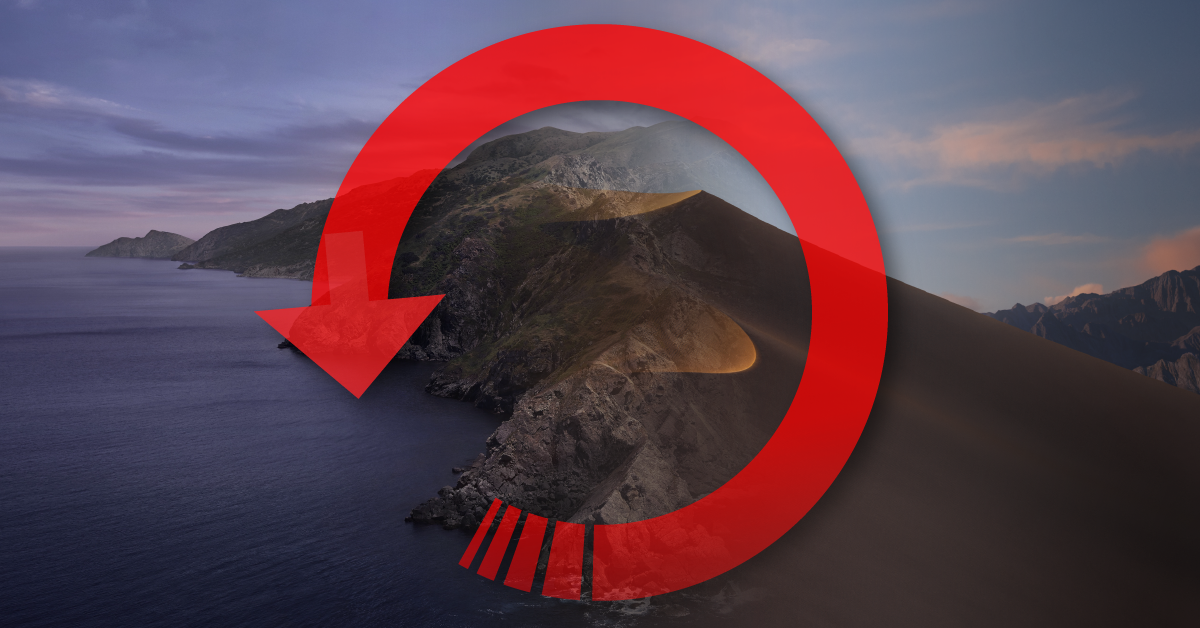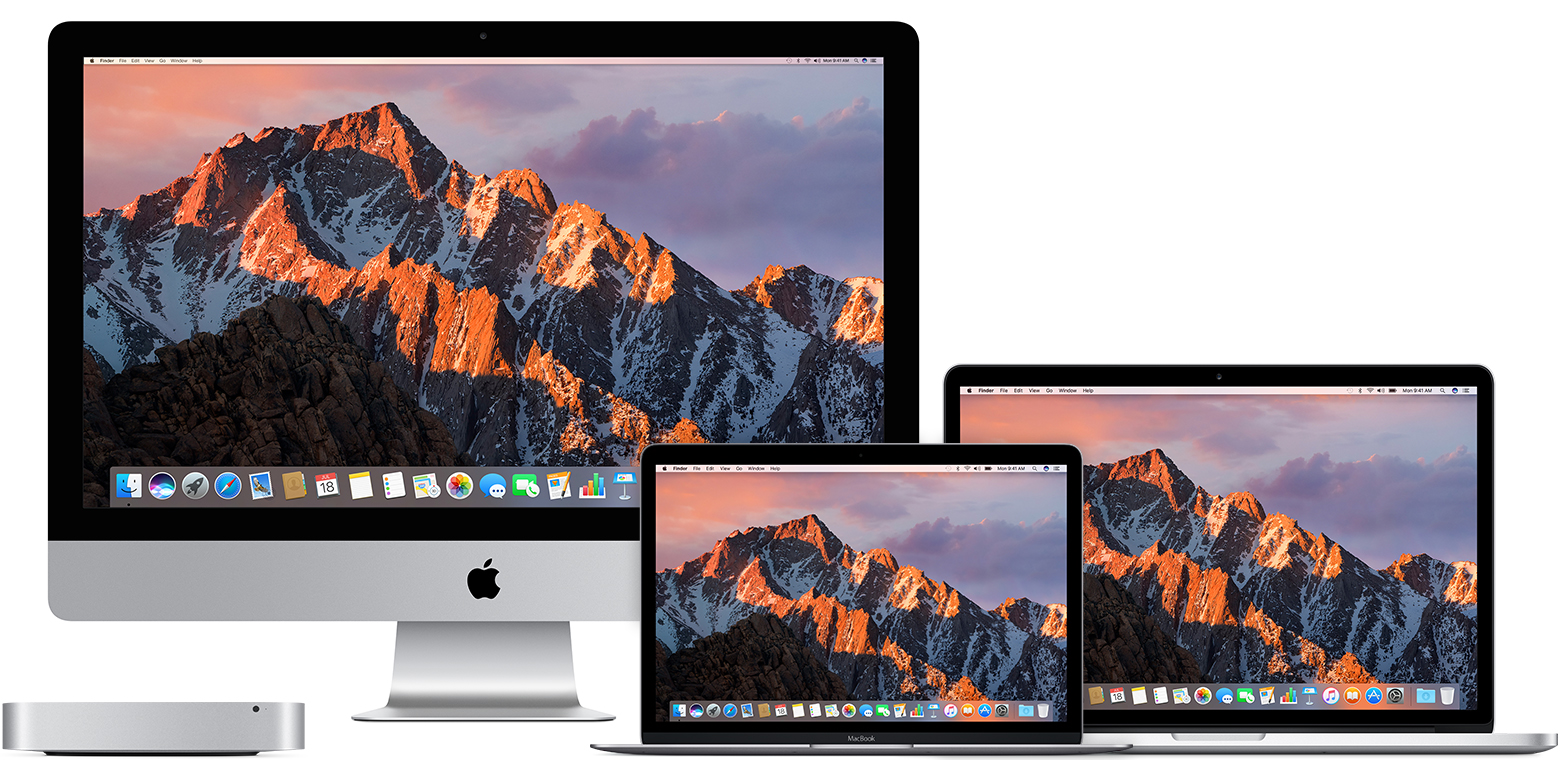Helps you create a bootable USB drive for macOS Catalina which will work with older Macs, not officially supported by the operating system
Fixing 'The recovery server could not be contacted' in MacOS High Sierra - macos-recovery-server.md. I was trying to update from MacOS Yosemite to Catalina and the. MacOS High Sierra was announced on June 5, 2017, during the WWDC keynote speech. It was released on September 25, 2017. It was released on September 25, 2017. The release includes many under-the-hood improvements, including a switch to Apple File System (APFS), the introduction of Metal 2, support for HEVC video, and improvements to VR support.
What's new in macOS Catalina Patcher 1.4.4:
- Fixed compatibility with Catalina version 10.15.5
macOS Catalina Patcher (formerly macOS Mojave Patcher, macOS High Sierra Patcher and macOS Sierra Patcher) is a small yet powerful tool that can help you create a bootable USB drive that can be used to install macOS Catalina on Mac computers older than mid 2012, basically acting as a macOS Mojave patch for unsupported Macs.
The tool extends the list of compatible hardware to the Mac Pro, iMac and MacBook Pro computers released in early 2008, Aluminum Unibody MacBooks or MacBooks Air manufactured in late 2008, or white MacBooks and Mac Minis produced in early 2009.
Get the macOS Catalina Installer app and make sure you have access to a compatible USB drive
To be able to use the app you must make sure that you have a USB drive that has at least 8 GB available, and that you have the macOS 10.15 Catalina installer app on your Mac.
Note that you can download the macOS image from the Mac App Store application only on a machine that supports Catalina: otherwise, you must find an alternative solution.
For your convenience, macOS Catalina Patcher offers you the possibility to download the image through its interface: just navigate to the Tools menu.
At the same time, you must prepare the USB drive with the help of the built-in Disk Utility application: just format the disk using the Mac OS Extended (Journaled) standard.
Easy to configure patcher tool that can create bootable macOS Catalina USBs
Within the main window, you must simply load the macOS 10.15 image you want to use and select the target USB drive. The app will verify the image to make sure everything is OK, and all you have to do is press the Start Operation button.
You have the option to monitor the process in the macOS Catalina Patcher main window, and the utility lets you know when the task is complete.
Worth mentioning is that after you install the OS by using the macOS Catalina Patcher bootable drive, you must launch the macOS Post Install utility to get access to patches specifically designed for your Mac’s model.
Make a bootable drive that allows you to install Catalina on unsupported Macs
Bottom line, if your Mac has been manufactured before early 2008, chances are that you will not be able to install macOS Catalina on your computer.
All things considered, macOS Catalina Patcher is a small and user-friendly utility designed to help you bypass this limitation if your Mac is not in macOS Catalina's compatibility list, created to be used as an unsupported Mac Mojave patch.
Can You Update Directly From High Sierra To Catalina
Filed under
 macOS Catalina Patcher was reviewed by
macOS Catalina Patcher was reviewed by  Sergiu Gatlan
Sergiu Gatlan- 64-bit processor
- 16 GB USB drive
- macOS Mojave Installer App
- Early-2008 or newer Mac Pro, iMac, or MacBook Pro
- Late-2008 or newer MacBook Air or Aluminum Unibody MacBook
- Early-2009 or newer Mac Mini or white MacBook
- Early-2008 or newer Xserve
macOS Catalina Patcher 1.4.4
add to watchlistsend us an update- runs on:
- Mac OS X 10.6 or later (Intel only)
- file size:
- 223.4 MB
- filename:
- macOS Catalina Patcher.dmg
- main category:
- System Utilities
- developer:
- visit homepage
top alternatives FREE
top alternatives PAID
macOS High Sierra is a seasoned, robust, and straightforward-to-use operating system developed for your MacBook. With this OS, some of the novel features have been added for the desktop users. macOS High Sierra might not offer diverse underlying differences to the user experience, but there are enough quality changes and they would certainly boost the performance of your Mac. Now you can request Siri: your intelligent assistant to do a variety of innovative things with a more natural voice, but as expected the High Sierra happens to be an update similar to Mac OS X Mountain Lion, Yosemite, and Snow Leopard.
With this awaited updated, a more convenient file system, APFS or Apple File System, has been made the current default in macOS High Sierra.
APFS is secure, dependable, and pretty stable to handle smart storage systems like solid-state drives (SSD). It advances to some better features like inherent encryption, quick data processing, safe document saves, constant snapshots, and crash safety.
Mac OS High Sierra Download
| Program Details | |
|---|---|
| Setup Name: | macOS HighSierra 10.13.iso |
| Size on Disk: | 5.00 GB (5,379,194,880 bytes). |
| Official: | Apple Inc./apple.com/macos. |
| Editor’s Ratings: | |
| Compatibility: | MacBook & Macintosh (Pro, Mini). |
macOS High Sierra (variant 10.13) is the fourteenth vital appearance in Apple Inc’s. macOS franchise for MacBooks and Macintosh PCs. This time around Apple has radically improved the process that the macOS runs to organise your data, as well as there is an added support for stored photos, sounds, images, and video codecs which mean to meet your progressive data needs, by occupying considerably less space.
APFS that is combined with this latest upgrade boasts an ultra-responsive system and carries a major performance-based promotion for Macs.
It is the replacement, or I might say and enhancement to macOS Sierra and it was revealed at the WWDC 2017 on 5th of June, 2017, preceding El Capitan being released on 25th of September, 2017 while its follower macOS Mojave was unpacked on 24th of September, 2018.

Some Striking Features Are

Noticeable improvements in High Sierra accommodate
- SMB printing readability has considerably been enhanced.
- Better control over Safari with improved privacy and speed.
- Bluetooth appeared as unavailable has been fixed.
- A couple of editing features for your photos have also been added.
- Added 70 new emojis to the pack.
- FileVault-encryption can now be unhitched with APFS volume using a return keychain file.
- It has advanced the reliability of the exchange message sync.
- Mail up-gradation and more.
- Touch-bar for better control over sounds and AirPlay.
A Faster File System
Upgrade Macos High Sierra To Catalina
On upgrading the existing OS to High Sierra, your modern flash-based storage system (SSD or HDD with SSD boost) will be transformed to APFS in an automated way. The wholly new system provides noticeable gains in speed and ideal improvements in system’s data-processing speed.
Upgrade Mac Mini From High Sierra To Catalina
The most noticeable changes in High Sierra involve some significant improvements to the Photos application, such as seamless unification with third-party apps for high-level photo editing.
Should I Update From Mac High Sierra To Catalina
Besides, some trivial but meaningful enhancements were also being made to Mail handling, including a “Highest Hits” display of searched messages and split-show message-composing when Mail is operating full-screen. The Notes app totals tables and notes that can be pinned to the top of the list, at last, but not least, your most favourite Safari brings more agility to the experience.
